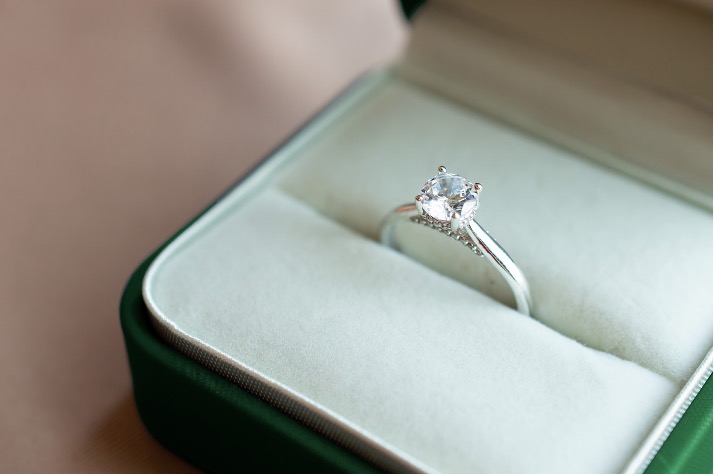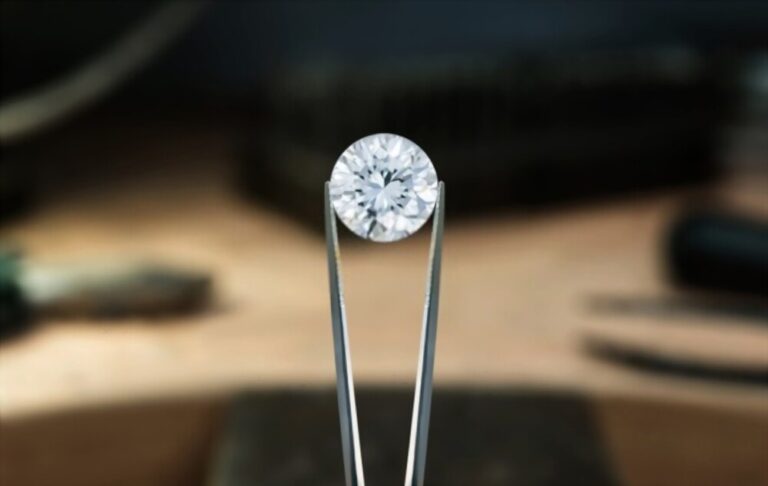
Did you know that the term “diamond” has Greek roots, deriving from the word “adamas,” which means “invincible”? In Greek mythology, it is said that Cronos transformed a man named Adamas into a precious stone, endowing it with extraordinary powers. This gem was seen as a source of strength and fortune, as well as a powerful symbol of everlasting love between married couples, capable of acting as an antidote to poison.
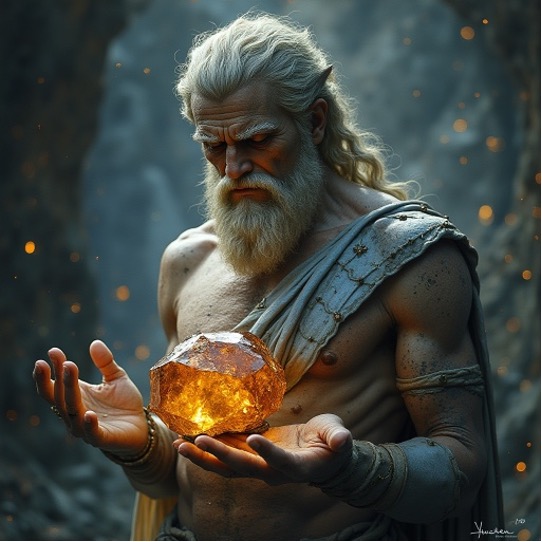
Diamonds have always embodied luxury and prestige, and their history intertwines with that of many ancient civilisations. Valued not only for their beauty and rarity but also for the mystical powers attributed to them, diamonds have been at the heart of myths, legends, and magical rituals. From ancient times to the present day, these gems have maintained an unparalleled allure, becoming symbols of eternal love and supernatural power.
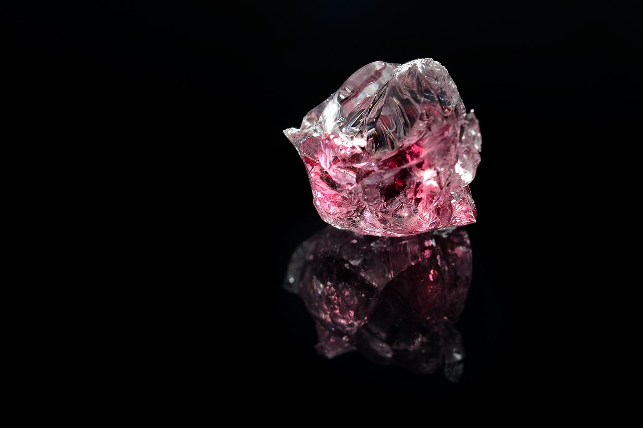
From Mines to Royal Courts
The earliest historical records of diamonds date back about 3,000 years to India, where they were primarily used as amulets and cutting tools due to their exceptional hardness. However, over time, diamonds began to be employed as symbols of power and wealth. In Europe, aristocrats wore them to demonstrate their elevated status and influence. The hardness and eternity of diamonds, linked to their original meaning of invincibility, contributed to consolidating their fame as immortal stones.
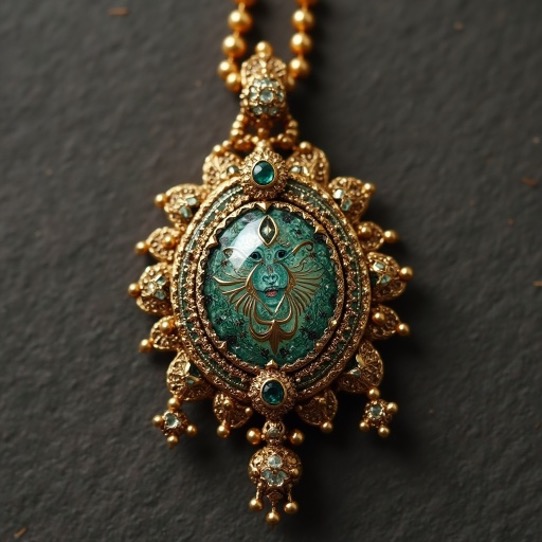
The Mysterious Powers of Diamonds
During the Middle Ages, diamonds were believed to possess curative properties, thought to alleviate physical and mental ailments. It was believed that by placing a diamond on an afflicted area, one could heal from depression, infections, and even heart issues. Warriors, convinced of the magical properties of diamonds, wore them in battle for protection and courage.
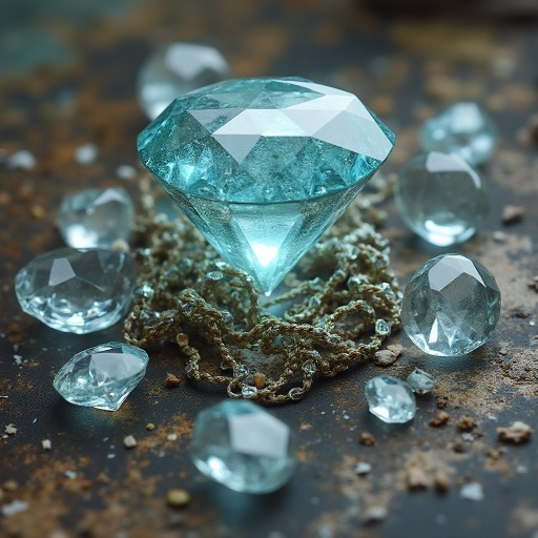
However, this belief was drastically undermined during the Renaissance when Pope Clement VII died after ingesting a diamond powder-based medicine. From that moment on, many began to believe that diamonds were not healing stones but rather dangerous poisons. A further example is the death of the Turkish sultan Bajazet, who was poisoned by his son, who made him ingest diamond powder.

Cursed Diamonds and Dark Legends
In addition to positive beliefs, diamonds have often been associated with legends of curses. One of the most famous is the Hope Diamond, an extraordinary blue gem believed to bring misfortune and tragedy to its owners. According to legend, this diamond was stolen from a sacred statue in India, and since then, it has brought a series of misfortunes to those who possess it, from Louis XVI of France to Princess de Lamballe. This is the diamond worn by Kate Winslet in the movie “Titanic”, that ends up at the bottom of the ocean with the sinking of the Titanic.

Hope Diamond
Another well-known example is the Black Orlov Diamond, also known as the “Eye of Brahma.” According to legend, this black gem, weighing 67.5 carats, was stolen from a sacred statue of the god Brahma in India, and a curse befell all its owners. It is said that three of its owners, including Russian princess Nadia Vyegin-Orlov, committed suicide by jumping from a building.
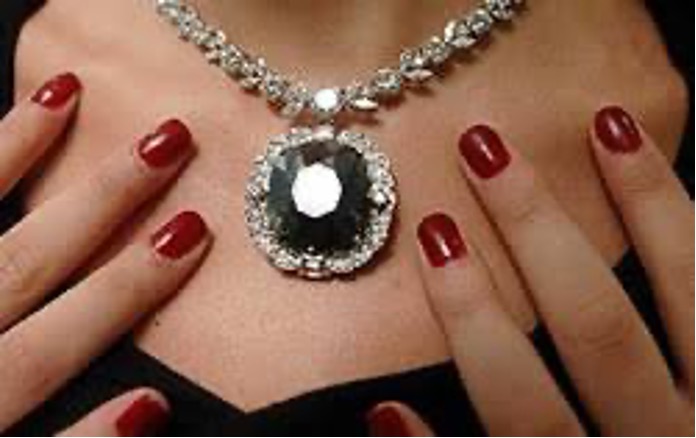
Photo credit: GIA (Gemological Institute of America), @giagrams on Instagram
The legendary Koh-i-Noor, one of the world’s most valuable diamonds, is also considered cursed: it is said to bring misfortune to men but not to women.
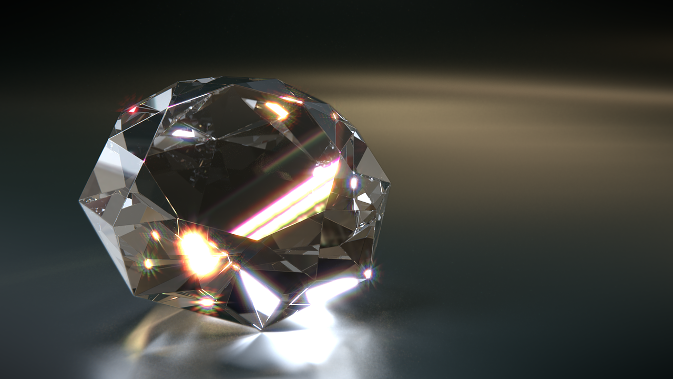
This ancient diamond changed hands among various rulers before being incorporated into the British Crown Jewels, with the curse suggesting that only women can wear it without dire consequences. Since it was acquired by the English royals, it has only been worn by queens.
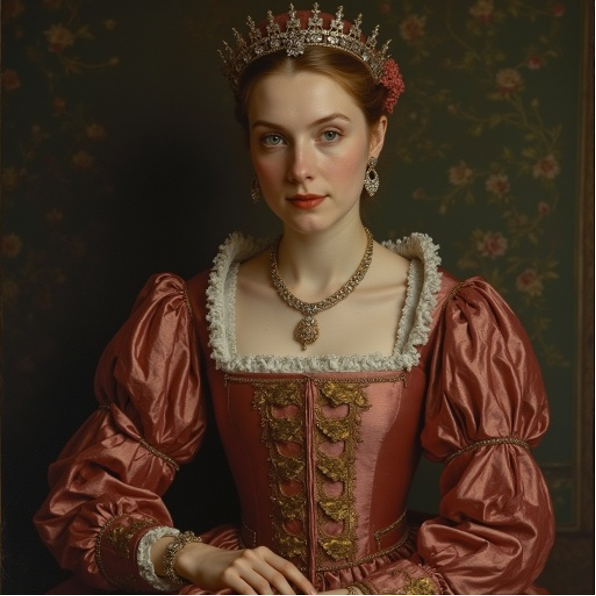
A Symbol of Love and Purity
Despite the dark shadows surrounding some of these legends, diamonds also possess a romantic and symbolic side that endures through time. In ancient Rome and classical Greece, the fire and sparkle observed in diamonds were interpreted as representations of the flame of love. Thus, it was natural for engagement rings to contain a diamond, which became the ultimate symbol of eternal love. This tradition was further solidified in 1477 when Archduke Maximilian of Austria gifted his fiancée Mary of Burgundy a diamond ring, establishing a custom that persists to this day.
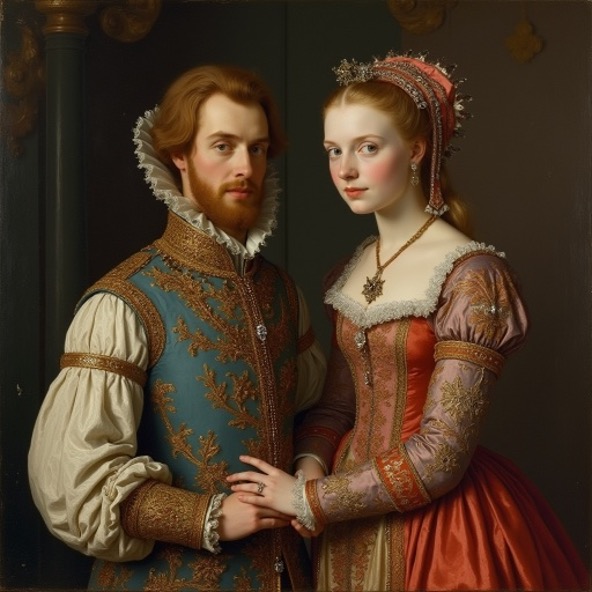
Furthermore, diamonds were associated with Venus, the goddess of love, beauty, and purity. It was believed that these gems could free the soul from malevolent influences and strengthen the bond between spouses, thereby becoming emblems of virtue and sincerity.
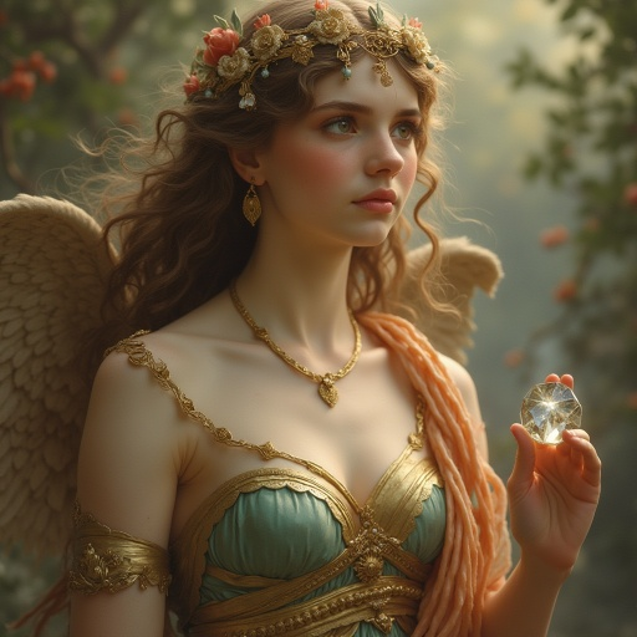
Reflection of Evil and Protection
In many cultures, diamonds were also regarded as talismans of protection. In ancient India, these stones were thought to reflect and repel negative energies, thus safeguarding the wearer from danger. According to legend, those who wore a diamond would see threats dissipate. Similarly, it was believed that diamonds attracted lightning, imbuing their owners with a divine strength.
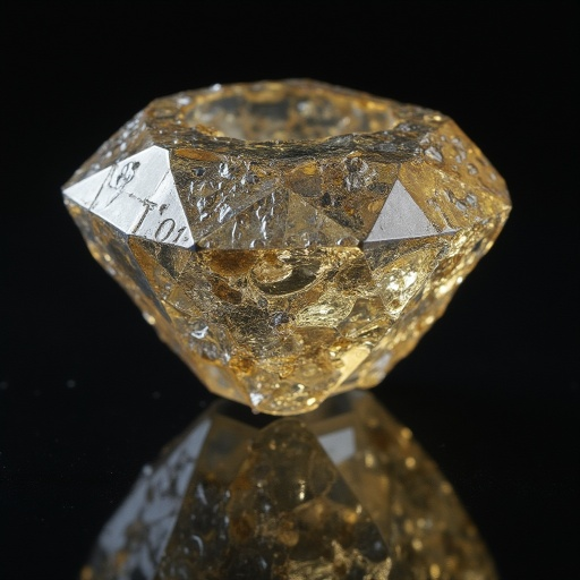
Indian diamond
Even the ancient Egyptians attributed spiritual and symbolic powers to diamonds. They were considered symbols of courage, power, and truth, with pharaohs wearing diamonds set in the ankh, a symbol of eternal life. For them, the diamond also represented the sun, the source of all vital energy.
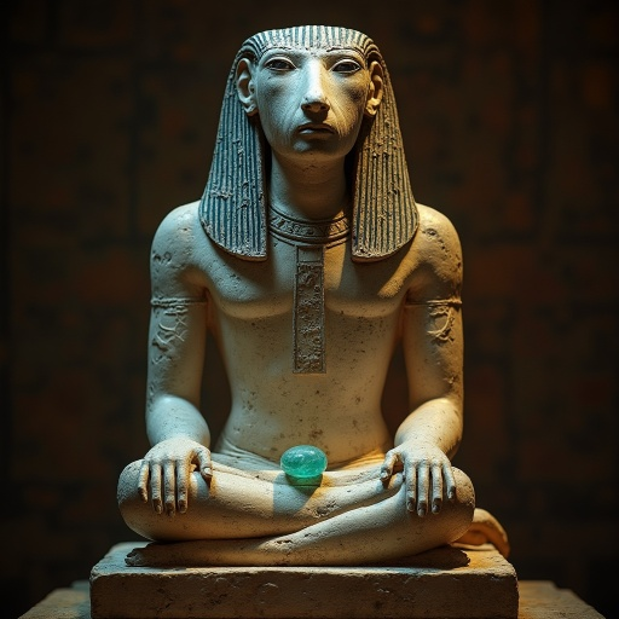
Diamonds Today
Over the centuries, diamonds have continued to represent prestige and power while taking on new meanings. Today, more than ever, they are linked to love and eternity, representing the perfect token to seal a romantic promise. Although science has unveiled their composition, the magic and mystery surrounding them remain intact, continuing to fuel the allure that has accompanied these extraordinary gems for millennia.
